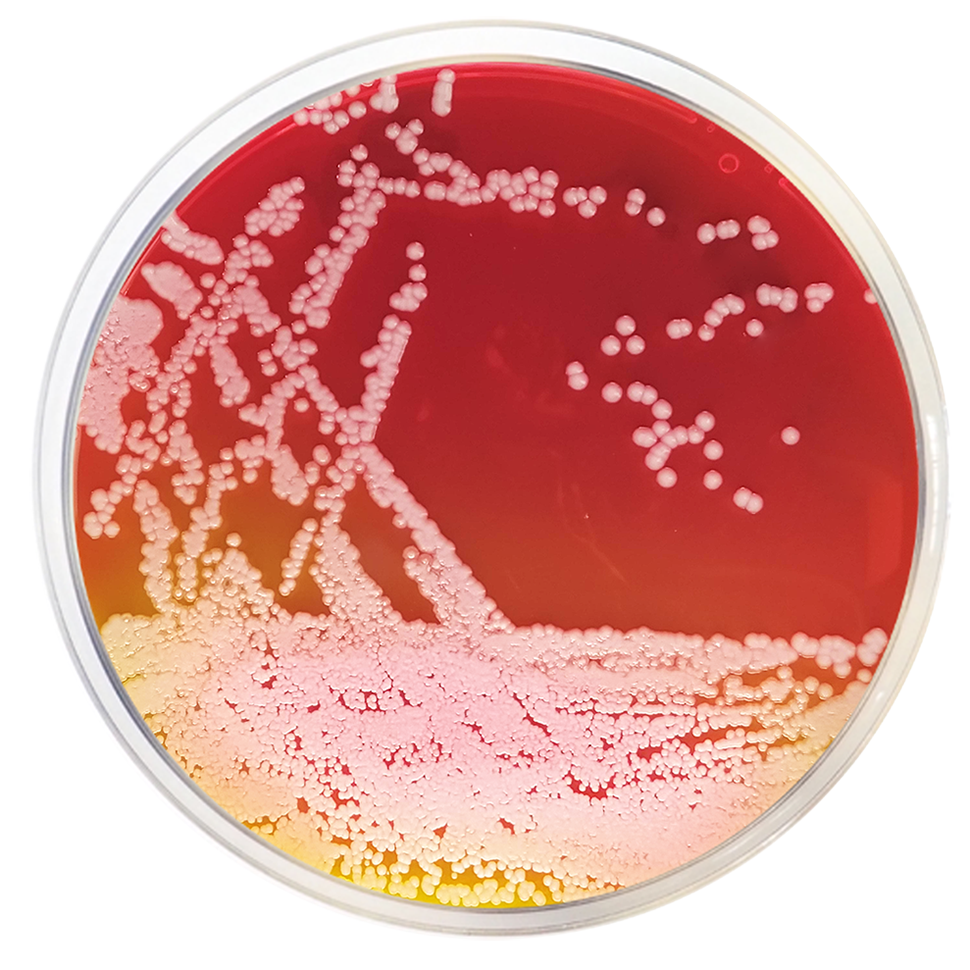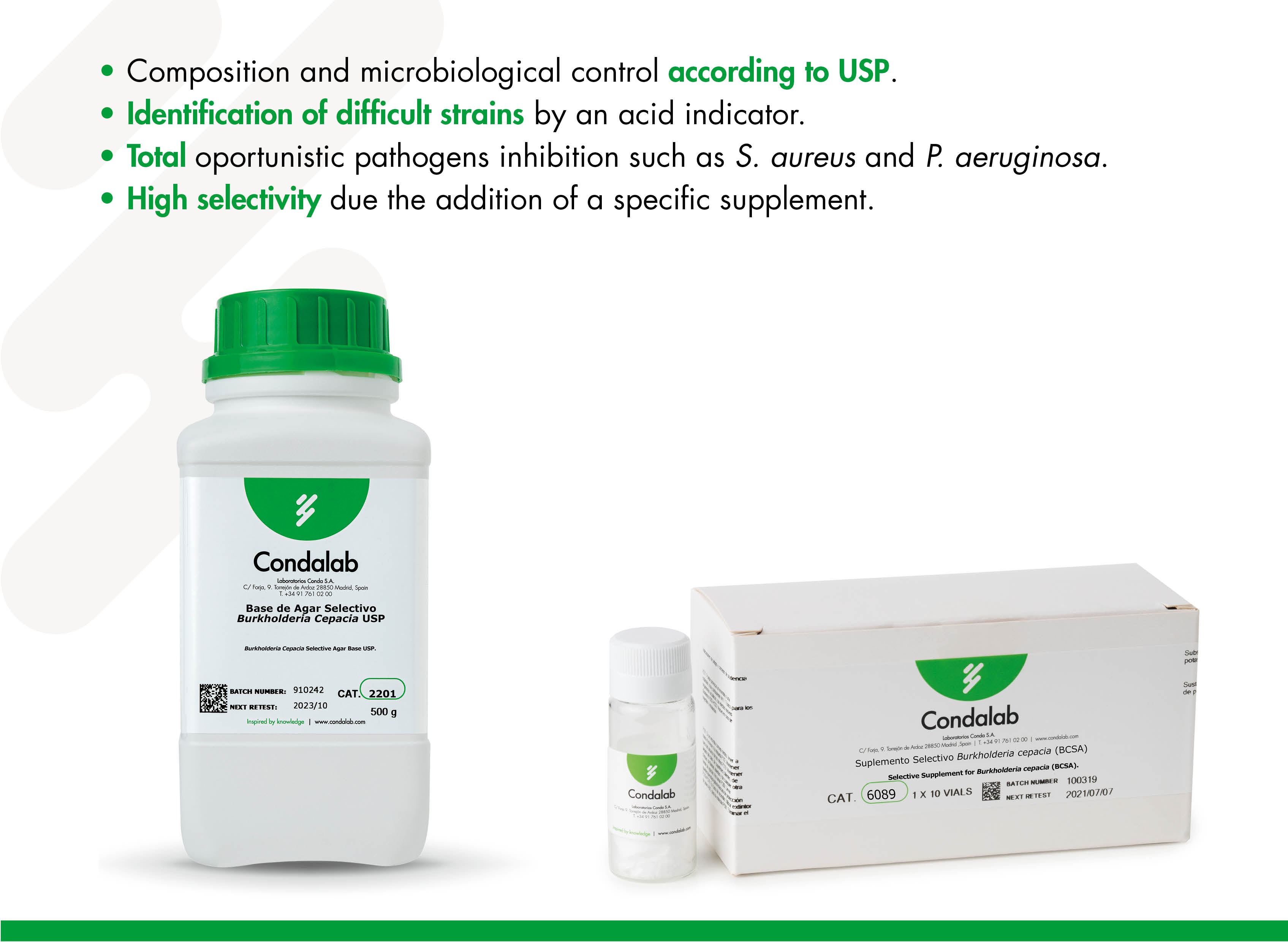Published: 23/09/20 13:19 Categories: Microbiology
Technology and science are advancing at a relentless pace and, at a biological level, the incidence and presence of new microorganisms, which until then were not normally encountered, are also increasing. The emergence of these new organisms may pose a risk to both manufacturers and public health. Within this framework, it seems necessary to develop and implement normalized methods that can be used as a guide to new users who have identified the suitability of testing these microorganisms on certain samples.
But what are these microorganisms? Are there normalized methods to analyze them?
Burkholderia cepacia. The emerging pathogen in the cosmetics and pharmaceutical industry.
A specific kind of emerging microorganisms can be found that depends on the environment, sector, or product type. However, the cosmetics and pharmaceutical industry is mainly concerned about one of them: Burkholderia cepacia. Actually as stated in another article, this group of more than 70 species is known as the Burkholderia cepacia complex (BCC). This complex has the largest incidence in non-sterile products recalls within the pharmaceutical industry.
Different pharmacopoeias collect and harmonize methods for the control of these types of products, but there is still no agreement on how and when to test for BCC in oral medications, nasal sprays, or body creams.

BCC analysis. Which method should be used?
Chapter (60) of the USP, the American Pharmacopoeia, describes a normalized method for the analysis of Burkholderia cepacea in non-sterile medications. This method was implemented in 2017 due to an alert generated by the FDA, which warned about the increased incidence of this pathogen. In the last update published in December 2019, the USP established the Burkholderia cepacia Selective Agar as a selective culture medium for the detection of microorganisms belonging to this complex. Condalab offers you this highly selective culture medium to implement the normalized detection method for this bacterial group:

If you need more information, do not hesitate to contact us. We will be happy to help you.

 Food fraud: How do we detect it?
Food fraud: How do we detect it?
 Visit Us at MEDICA 2025 – Discover Our Precise Detection Solutions
Visit Us at MEDICA 2025 – Discover Our Precise Detection Solutions
 PCR: The Technique Revolutionizing Rapid Detection in the Food Industry
PCR: The Technique Revolutionizing Rapid Detection in the Food Industry
 How Culture Media Ensure the Safety, Efficacy, and Quality of Medicines
How Culture Media Ensure the Safety, Efficacy, and Quality of Medicines
 Meeting us at MEDLAB MIDDLE EAST 2025
Meeting us at MEDLAB MIDDLE EAST 2025